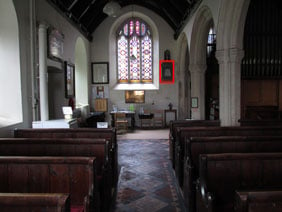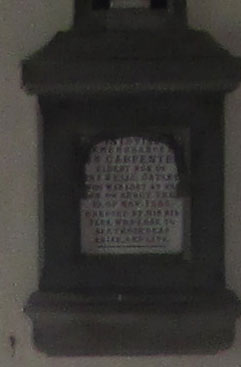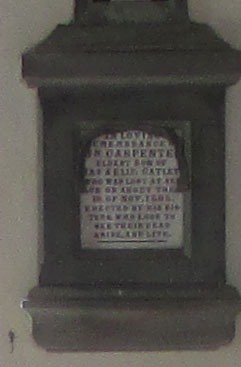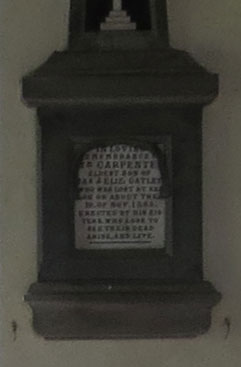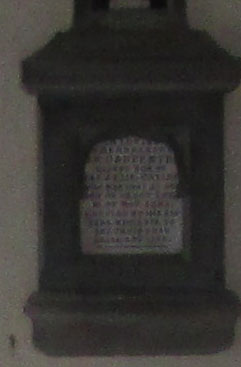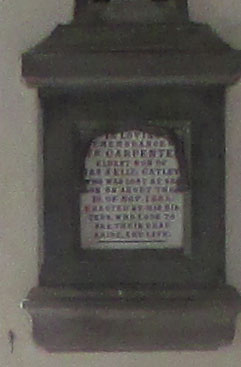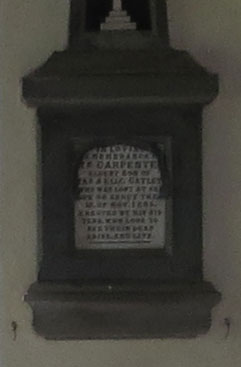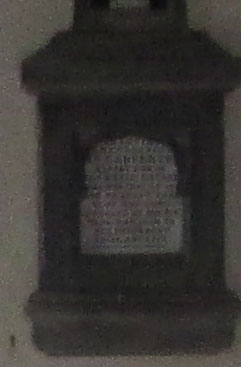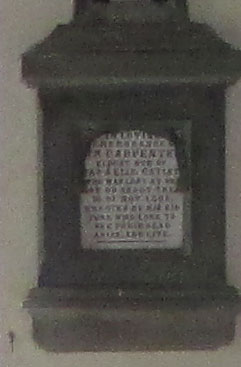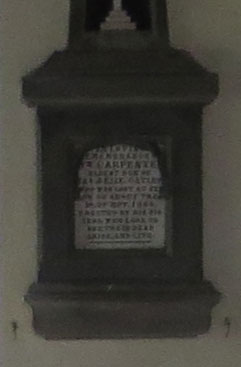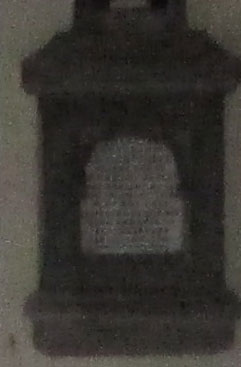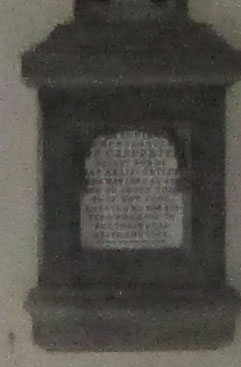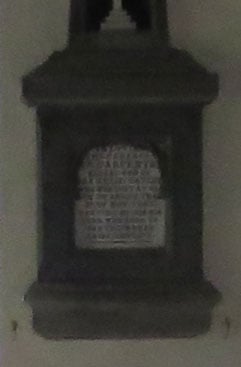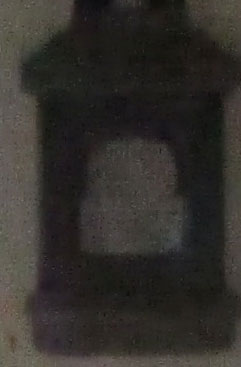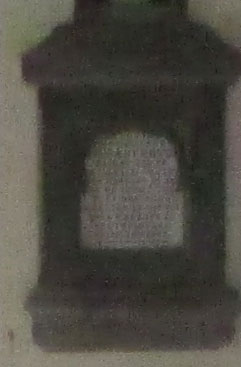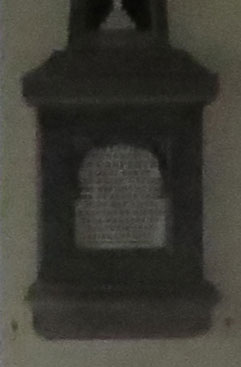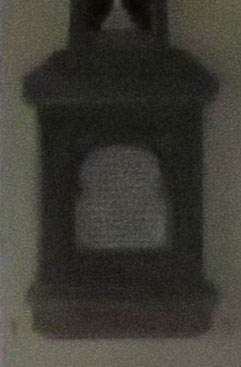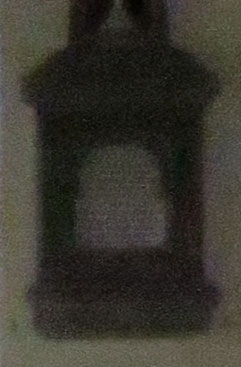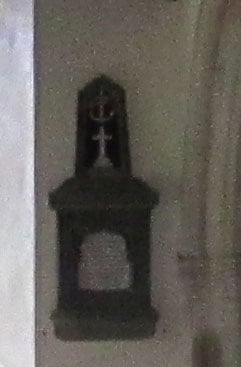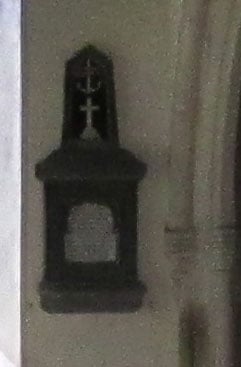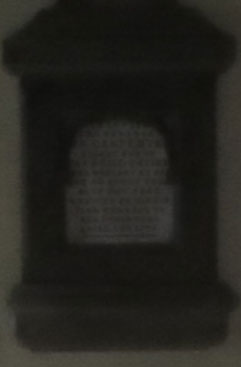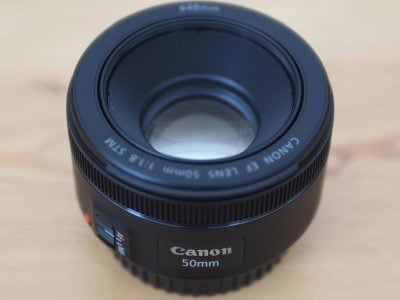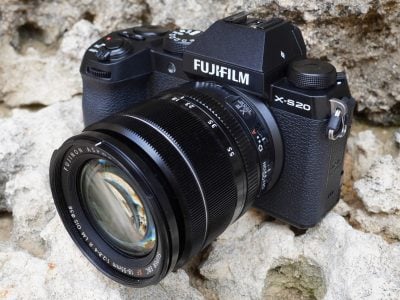Canon PowerShot A3500 IS
-
-
Written by Gordon Laing
Canon PowerShot A3500 IS vs IXUS 140 / ELPH 130 IS vs IXUS 255 HS / ELPH 330 HS Noise
The image above was taken with the Canon PowerShot A3500 IS. The PowerShot A3500 IS was set to Program Auto mode and at its base 100 ISO sensitivity setting metered an exposure of 0.6s at f2.8. I applied 0.67EV exposure compensation to the IXUS 140 / ELPH 130 IS, to produce a roughly equivalent exposure of 1s, at f3.2 at 100 ISO. I also applied 0.67EV exposure compensation on the IXUS 255 HS / ELPH 330 HS which, at its base 80 ISO sensitivity setting, produced an exposure of 1s at f3.2. As we saw from the outdoor test results, even at its base 100 ISO sensitivity setting, the PowerShot A3500 IS isn’t noise-free. The 100 ISO crop here looks quite textured overall and the graininess is interfering with the finer detail in the text panel as well as softening the edges. At 200 ISO the noise worsens significantly and there’s already some smearing which renders the text barely legible. There’s another big hike in the noise at 400 ISO which results in a further drop in quality, and this time the detail, or what’s left if it, looks coarse and bitty. At 800 and 1600 ISO the noise is so bad that image quality begins to look poor even on screen at smaller sizes. What this means is that, other than in bright sunny conditions, image quality on the PowerShot A3500 IS is likely to be an Issue. In Smart and Program Auto modes with the ISO set to Auto, you’ll need to keep a careful eye on the selected senstivity setting. If it goes above 200 ISO, quality, at least for close to 100 percent reproduction will be a real concern. Compared with the crops from the PowerShot A3500 IS, the IXUS 140 / ELPH 130 IS crops look a little better, which is surprising given that these two models share the same sensor and produced very similar results in my outdoor real-life test. The PowerShot A3500 crops are a little darker, but there’s also less detail and they look noisier. The difference isn’t that great at 100 ISO, but it becomes more pronounced as you go up the sensitivity range and by 400 ISO the PowerShot A3500 IS crop is very grainy and speckled compared with the IXUS 140 / ELPH 130 IS. One reason for this could be JPEG compression. The PowerShot A3500 lacks the SuperFine compression option of the IXUS 140 / ELPH 130 IS and its files are a little over half the size, so have been compressed twice as much. My guess is that’s mostly what’s resposible for the differences in quality here. The PowerShot A3500 IS crops show a smaller area with larger detail than those from the 12.1 Megapixel IXUS 255 HS / ELPH 330 HS. When it introduced back-illuminated CMOS sensors to its compact range, Canon branded badged all models containing them ‘HS’, standing for high sensitivity. The headline feature of these sensors is their low noise performance, so it’s no surprise that the IXUS 255 HS / ELPH 330 HS crops look much better than those from the PowerShot A3500 IS. There’s less noise and more detail as a result, it’s as simple as that. The CMOS sensor and Digic 5 predecessor also provide the IXUS 255 HS / ELPH 330 HS with one other advantage in the form of the Handheld NightScene stacking mode. The 4 Megapixel Low Light scene mode on the IXUS 140 / ELPH 130 IS and the PowerShot A3500 IS isn’t much of an alternative. In past tests, Handheld Night scene has produced superior results at the same ISO setting to a single shot, but I have to say in this situation the 1600 ISO Handheld NightScene crop doesn’t look like it has much to offer over the single-shot 1600 ISO crop. Having said that, it’s better than the reduced resolution 3 Megapixel Low Light scene modes available on the two CCD sensor models. Now head over to my PowerShot A3500 IS sample images to see some more real-life shots in a variety of conditions, or head straight for my verdict.
|
